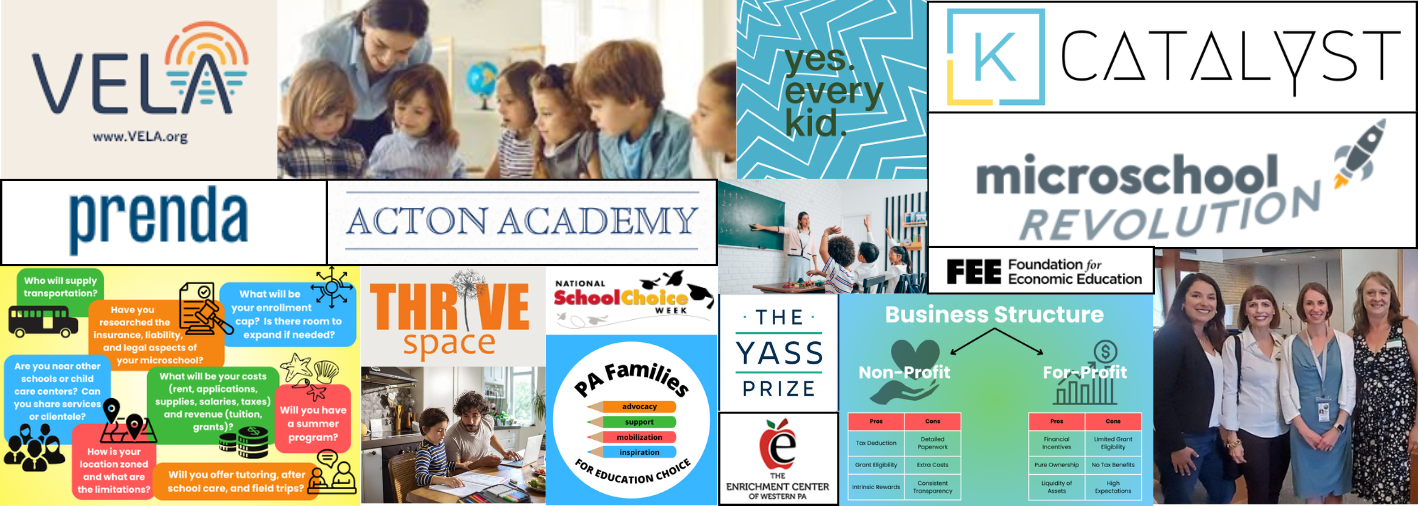How PA K-12 Education is Funded


Education Budget
PA Department of Education
A summary of the funding levels for the state education appropriations in Governor Shapiro’s proposed 2023-24 fiscal year budget.


Hold-Harmless Analysis
PA House of Representatives
For many years in Pennsylvania, “hold-harmless” meant that a school district was guaranteed at least the amount it received in the prior year. The basic education funding formula, adopted in 2015/16, discontinued the practice of holding school districts harmless to the previous year. Instead, it established a base year (2014/15) that school districts are held harmless to and distributes new funds above that base allocation (with adjustments) through the formula using annually updated data.


Performance-Based Education Budget
Independent Fiscal Office
Act 48 of 2017 requires the Independent Fiscal Office (IFO) to develop performance-based budget plans for all agencies under the Governor’s jurisdiction once every five years. For the fourth year, the IFO reviewed the Departments of Aging, Agriculture, Education, Human Services (Part 3), Labor and Industry and the Pennsylvania Historical and Museum Commission.



Funding for Public Charter Schools
These helpful resources give in-depth explanations about funding for public charter schools in Pennsylvania:
The school district of residence receives funding for the student from various sources. The district makes deductions as appropriate via the PDE-363 Form, which reduces the charter payment by unique district expenses, such as: nonpublic school programs; adult education programs; community/junior college programs; student transportation services; special education programs; facilities acquisition; construction and improvement services; and debt service/fund transfers. The remaining balance is forwarded to the charter school, contingent upon appropriate paperwork.



Education Choice Funding Programs
Education Savings Account Programs (ESA)
(not currently offered in PA)
While a variety of methods to administer these accounts are utilized in applicable states, the basic concept is that the per-student state share of education funding is placed into a state-administered account for each participating student. Parents use these funds for school tuition and fees, textbooks, tutoring, special therapies, and other approved expenses. The possibilities are vast, and dependent upon the accompanying program parameters. Those families can also choose from where or whom to receive education, and it can be from multiple providers (as in the case of hybrid, modular or blended education), or a single provider. These programs are the most individually customizable out of all of the existing types of school choice programs.
To date, nine states already provide these programs.
Tax-Credit Education Savings Account Programs (ESA)
(not currently offered in PA)
These ESAs allow taxpayers to receive full or partial tax credits when they donate to nonprofit organizations that fund and manage parent-directed K-12 ESAs. Parents can then use those accounts for educational costs, such as a standard ESA as detailed above.
Scholarship Tax Credit Programs
(currently offered in PA)
Corporations and individuals make private donations to nonprofit organizations that provide private school scholarships to eligible children, and in return, receive a state income tax credit. Families are then able to evaluate, and have their children attend, participating private schools of their choice.
Individual Tuition Tax Credits
(not currently offered in PA)
Individual tuition tax credits give parents a state income tax credit for approved educational expenses for their child, like tuition to a school of their choice. Generally, about $3,000 to $6,000 is given to eligible low-income families, which is refundable and has little to no tax liability.
Voucher Programs
(not currently offered in PA)
Voucher programs set aside funding for students with low-income, special needs, or in a failing public school to choose a private school (religious and non-religious) for their children. The funding for their children’s education, rather than being spent by the school district, is allocated to the family as a voucher to pay partial or full tuition for their child’s private school.







